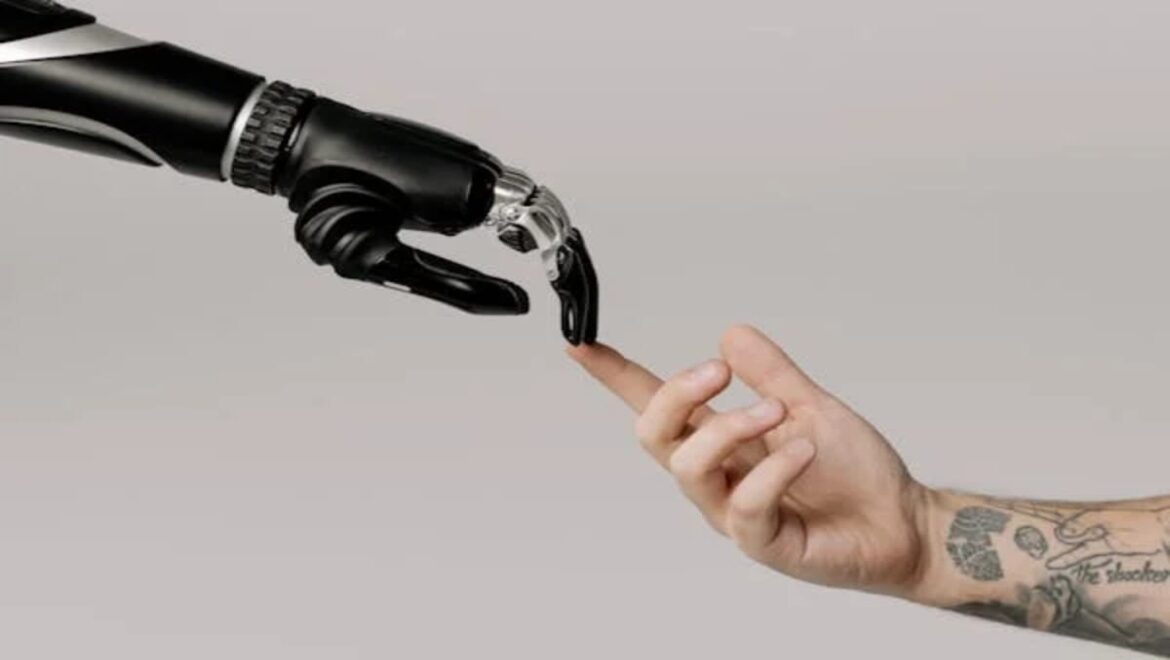
Simultaneously, artificial intelligence (AI) evolved to become deeply ingrained in daily life through personal assistants. These AI companions, embedded in smart devices, anticipated needs with eerie precision. At home, families relied on them to adjust temperatures, order groceries, and even manage schedules based on voice commands. Business executives used AI assistants to sift through mountains of data, providing real-time insights during crucial decision-making processes. Privacy concerns lingered as debates raged over the extent of AI’s access to personal information, but the convenience offered by these digital aides gradually outweighed fears.
Quantum Computing Breakthroughs
Meanwhile, in the realm of computing, quantum supremacy was achieved, marking a milestone in computational power. Quantum computers, once theoretical, now processed complex calculations in seconds that traditional supercomputers struggled with for hours. Industries like pharmaceuticals and materials science raced to harness this capability, designing new drugs and materials with unprecedented efficiency. Governments invested heavily in quantum encryption, safeguarding national security against cyber threats previously thought insurmountable. The quantum revolution promised to reshape industries, ushering in an era of innovation and disruption.
Sustainable Tech Solutions
Amidst technological leaps, sustainability emerged as a driving force shaping innovation. Renewable energy technologies, from advanced solar panels to grid-scale energy storage solutions, gained prominence. Smart cities optimized resource allocation, reducing waste and emissions through interconnected IoT devices. Electric vehicles dominated urban landscapes, their batteries charged by solar-powered stations. Innovators worldwide focused on eco-friendly materials and practices, striving to mitigate the environmental impact of technological advancement. The convergence of sustainability and technology offered a glimpse of a greener, more efficient future.
Biotech Advancements
In laboratories worldwide, biotechnology surged forward with groundbreaking discoveries. Gene editing technologies like CRISPR-Cas9 promised to cure genetic diseases once deemed incurable. Personalized medicine became a reality as treatments tailored to individuals’ genetic profiles revolutionized healthcare. Wearable biometric devices monitored health metrics in real-time, alerting users and healthcare providers to potential issues before symptoms manifested. Ethical debates ensued over the implications of altering human DNA and the accessibility of these cutting-edge treatments, challenging societies to navigate the delicate balance between progress and ethics.
Blockchain Beyond Cryptocurrency
Lastly, blockchain technology expanded beyond cryptocurrency, finding applications in diverse sectors. Governments adopted blockchain for transparent voting systems, ensuring tamper-proof election results. Supply chains embraced blockchain to trace products from origin to consumer, combating counterfeit goods and ensuring product safety. Artists and creators monetized digital content through blockchain-based platforms, securing royalties and copyrights without intermediaries. The decentralized nature of blockchain promised to democratize finance and information, empowering individuals and businesses alike.
In 2024, as these technological trends converged, society stood at a crossroads of unprecedented possibilities and challenges. From augmented realities blurring the lines between physical and digital realms to quantum computers unlocking the mysteries of the universe, each innovation shaped the future in ways both awe-inspiring and cautionary. As humanity navigated the complexities of AI ethics, biotechnological frontiers, and blockchain’s transformative potential, one thing remained certain: the inexorable march of progress, driven by human ingenuity and ambition, would continue to redefine what was possible in the years to come.
References
